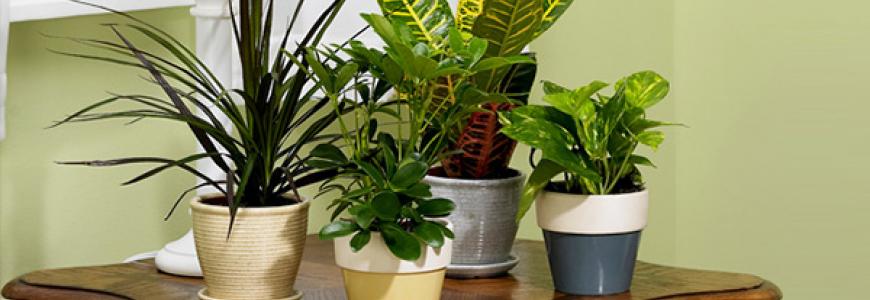
Even the most experienced gardener can struggle to care for indoor house http://nygoodhealth.com plants. We have put together a step-by-step guide explaining how to look after indoor house plants and reveals some easy indoor plants to get you started.
1. Choose your house plants
Most indoor house plants are exotic species that would normally grow outdoors in hot climates, so our warm homes are the perfect environment for them. Easy indoor plants for beginners include:
• Spider plants
• Boston ferns
• Purple Heart plants
• Dumb canes
• Dragon trees
• Swiss cheese plants
• Christmas cacti
A combination of some, or all, of these will bring a great mix of green foliage to your living space.
Top tip: Want something more challenging? Try African violets, Maidenhair ferns or Orchids.

2. Decide where to display them
Most indoor house plants grow best in medium to low light, so an east or west facing windowsill is a good choice. Cacti and succulents love the sun, while ferns do well in shady spots.
Not sure if your plant’s getting enough light? Watch out for yellow leaves – if they develop, move your foliage to somewhere sunnier. If your plant’s leaves start to shrivel up or turn brown at the ends, swap its home for somewhere cooler.
To keep them protected, avoid housing your indoor house plants too close to radiators or open fires, and keep them out of cold draughts. You can move them around your home as the seasons change.

3. Get to grips with house plant care
Watering
Use a decorative outer pot or a saucer to make feeding and watering easier. Pour tap or filtered water directly into the soil or into the pot-saucer, so that the roots can access the water.
Top tip: Knowing when to water plants is important. Over-watering is more damaging than under-watering, so wait until the soil is dry to the touch before you top up again. This is especially important for cacti and succulents.

Feeding
Feeding plants is usually required when your foliage is actively growing or flowering so, as a rough guide, feed in spring and summer. Use a specialist house plant food or diluted, all-purpose plant food.
Cleaning
Part of how to keep plants healthy will involve some simple maintenance. Wipe large, glossy leaves with a damp cloth every week and snip off any brown or crispy tips. Remove old flowers as they fade and trim spindly stems to encourage more leaves to grow.

Repotting
Indoor house plants don’t need repotting very often, especially if you’re feeding them regularly. However, repotting plants can encourage a growth spurt – spring is the best time of year to do it.
To repot, remove your plant from its current pot and gently loosen any tightly tangled roots. Pop the plant into a slightly larger pot and fill the gaps with fresh soil. Leave a few centimetres of space between the soil and the top of the pot, to avoid overflow. Finish off with a good watering.

